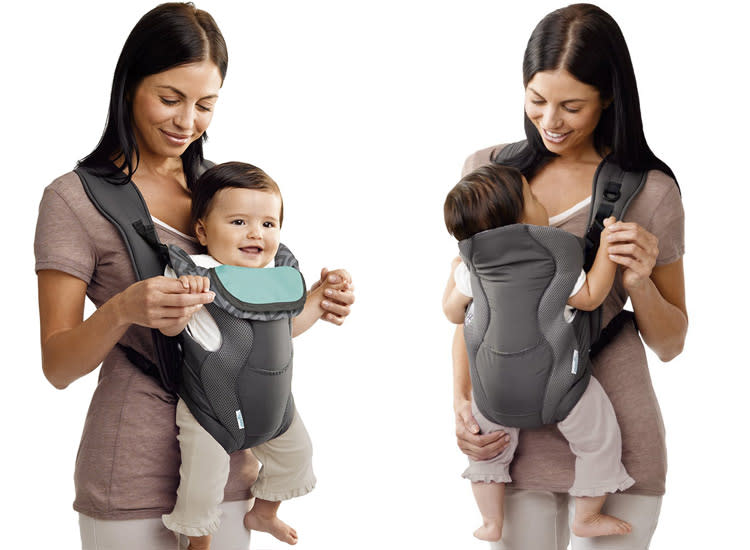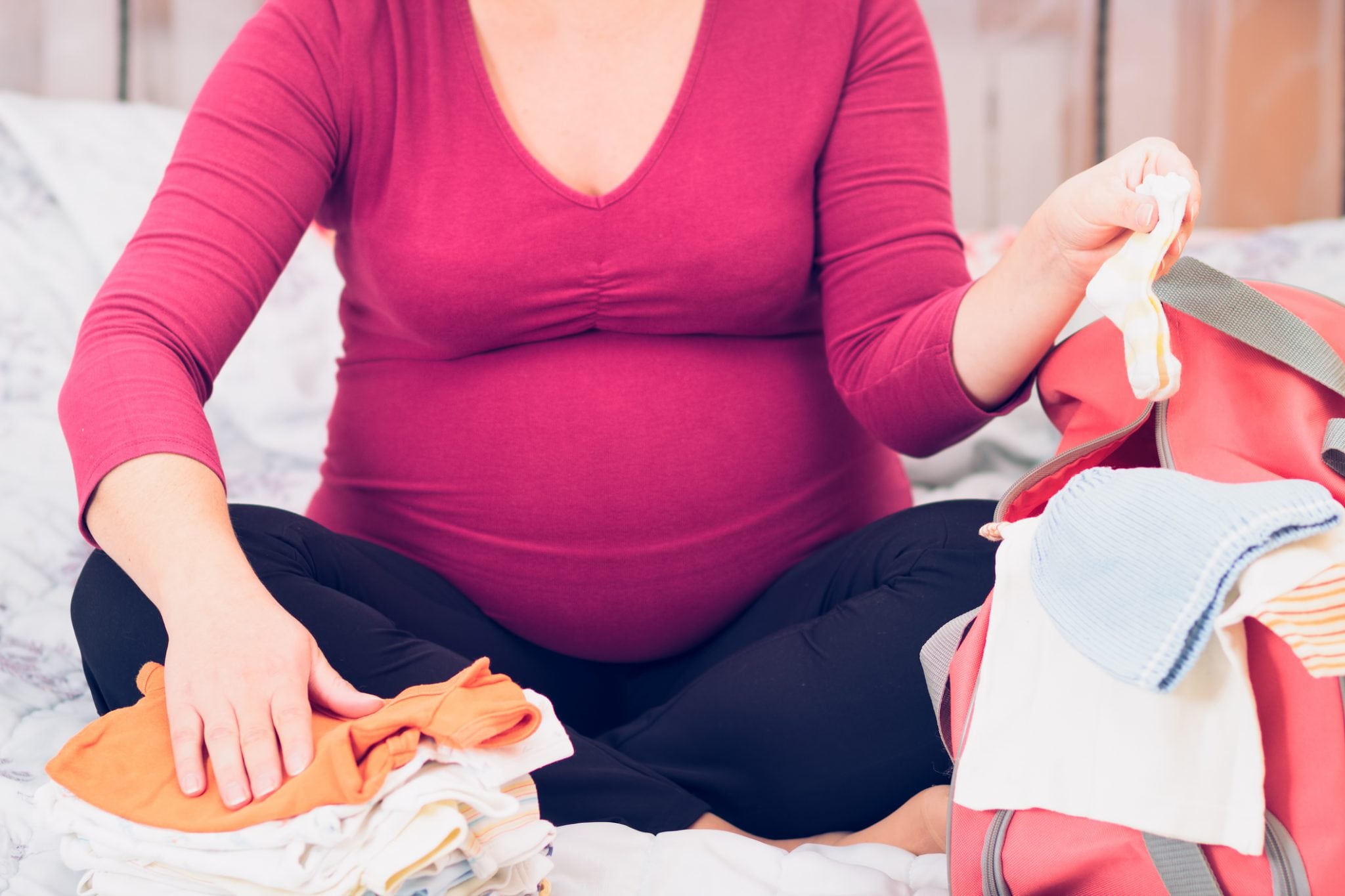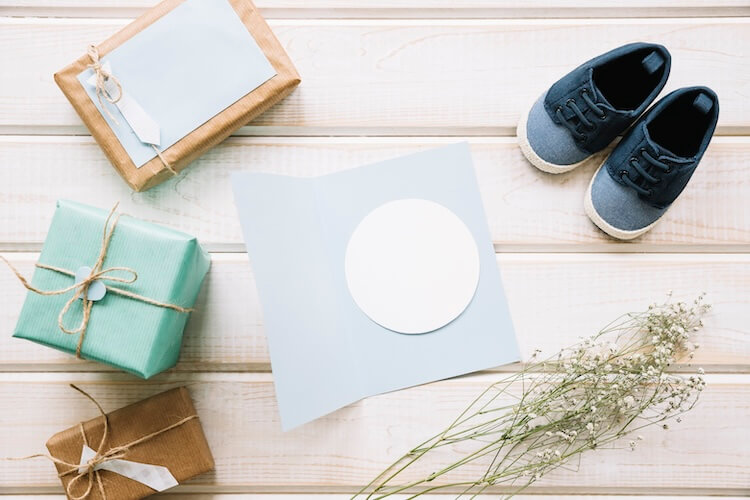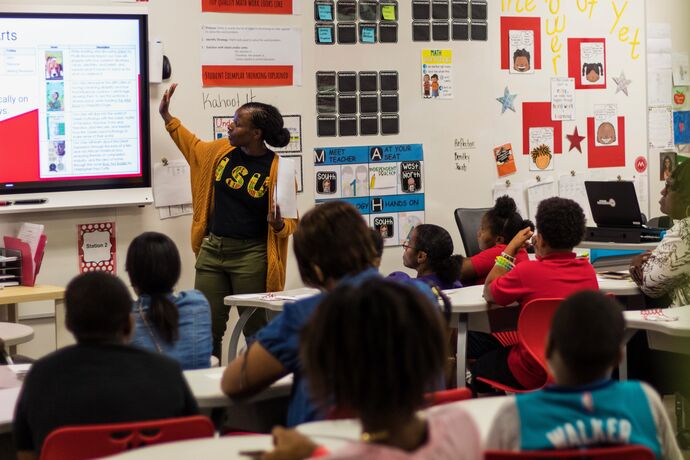
How Do You Keep Baby Warm In Carrier In Fall?
August 19, 2022Once the temperatures start dropping and the leaves begin to turn, you may find yourself wondering how you can keep your baby warm while still being able to use your favorite baby carrier. Fortunately, there are many different ways to do this, and there’s no reason why you should have to buy one of those bulky coats just so you can use your baby carrier when it’s chilly outside! Here are a few suggestions on how to keep baby warm in the carrier in the fall.
Table of Contents
The Benefits of Babywearing
Babywearing has many benefits for both baby and caregiver. It can help to soothe a fussy baby, provide a sense of security, and free up your hands to get things done. Plus, it’s a great way to bond with your little one. It’s also a great way to get outside and enjoy some fall walks with the pretty leaves turning.
Factors To Consider When Buying A Carrier
The type of carrier, the climate, how often you’ll use it, your budget, and your baby’s age and size are all important factors to consider when purchasing a baby carrier.
There are many different types of carriers on the market, so it’s important to do your research before making a purchase. If you live in a colder climate, you’ll want to make sure that the carrier you choose is well-insulated and can be used in all weather conditions. If you plan on using the carrier frequently, it’s important to find one that is comfortable for both you and your baby. And finally, be sure to consider your budget when making your purchase. There are many high-quality carriers on the market, but they can vary greatly in price.
Tips On Dressing Your Baby In The Fall
When the weather starts to cool down, it’s time to start thinking about how you’re going to keep your baby warm. Layering is key when it comes to dressing your baby in the fall. A good base layer for your baby will be a long-sleeved onesie made of cotton or another breathable material. Once you have a base layer, you can add on additional layers like leggings, pants, and a sweater. If you’re using a carrier, make sure to put a blanket over your baby to keep them extra warm. It’s also important to keep their head and hands covered if it’s cold outside. Finally, don’t forget about your own clothing!
Ways To Keep Your Baby Warm In Baby Carrier
When it comes to babies and cold weather, there are a few things to keep in mind. First, they can’t regulate their own body temperature yet, so it’s important to make sure they’re not too hot or too cold. Second, they lose heat quickly, so it’s important to keep them warm. And finally, they’re more susceptible to colds and other illnesses in the winter months. So how do you keep your baby warm in a carrier during fall? Here are a few tips:
- Dress your baby in layers, including an undershirt and pants made of natural fibers like cotton. Wool is also good for warmth!
- Make sure to bundle up yourself too – especially if you’re wearing an air-permeable fabric like wool or fleece that offers less protection from the elements than a down jacket with wind resistance.
- Dress your baby’s head in a hat that covers his/her ears and tuck the excess material under her chin to avoid drafts on her neck (if she still has one).
- If it’s really cold out, consider buying some thin mittens for your little one instead of gloves that might not fit well over those tiny hands.
Tips for Staying Warm Too (you!)
Don’t forget to bundle up yourself. It’s better to over-layer and take off when you need to than be stuck in the cold without enough warmth. Before you leave home, plan your route and make sure you have a warm destination in mind. A coffee shop or restaurant can be a great place to stop and warm up. If you forget gloves, you can always keep your hands inside the carrier to keep them warm.
There are a few key things to remember when dressing your baby for a fall walk. First, consider the temperature and dress your baby accordingly. If it’s chilly out, make sure to put a hat on your baby and cover their hands and feet. You can also use a blanket or scarf to keep your baby warm in their carrier. Finally, be sure to monitor your baby for signs of cold or discomfort and adjust as needed.















